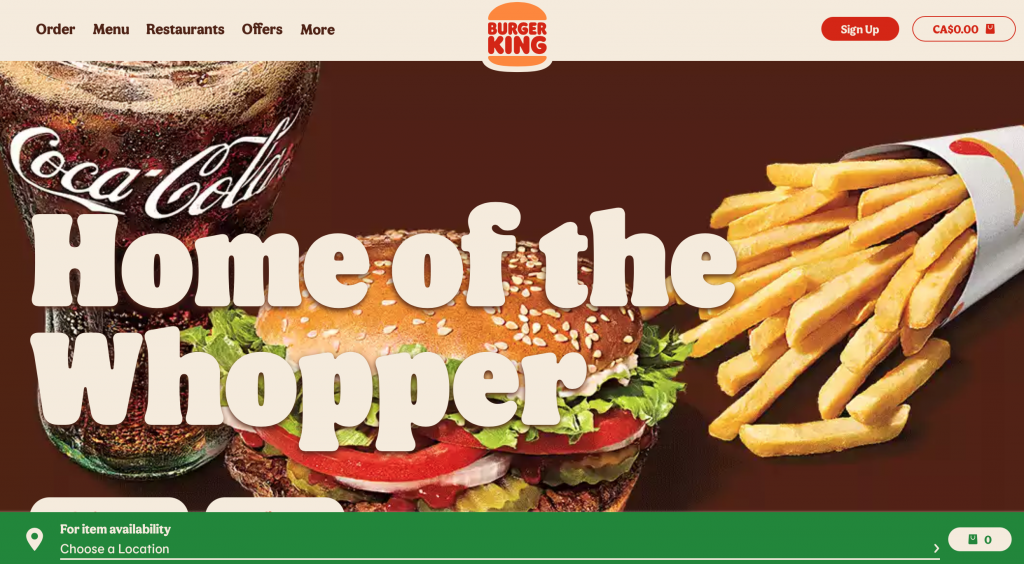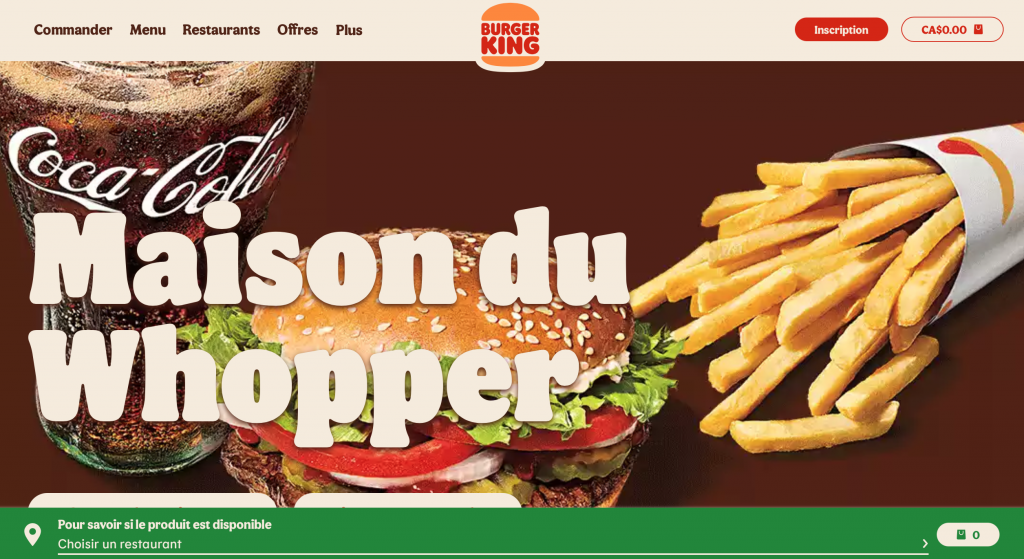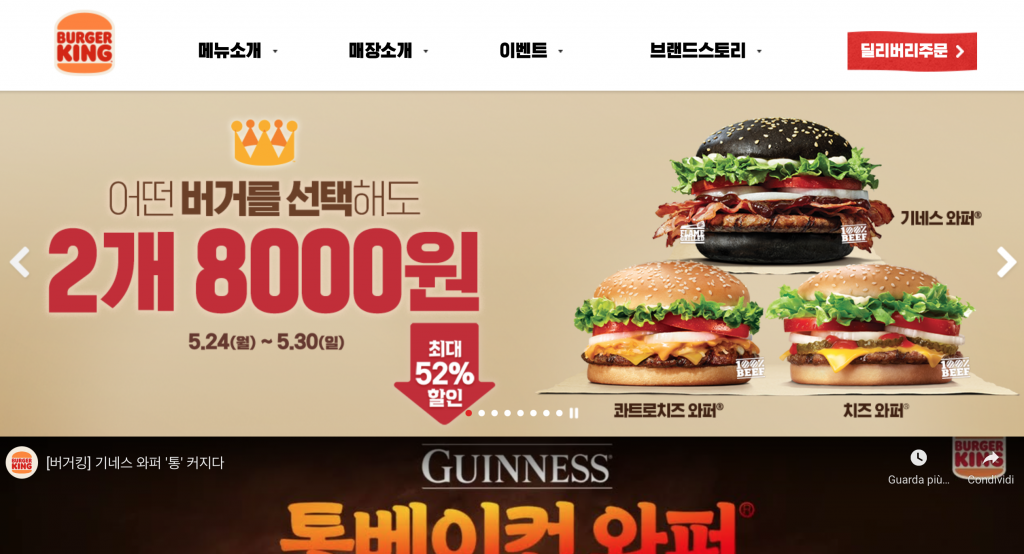Translation and Localisation
Translation and localisation are different services which are commonly requested in the language industry. Their main goal is to make content accessible in a language other than it was originally created in. Nevertheless, people often use the terms intercheangably. This causes a bit of ambiguity related to what the services actually imply. The processes and results can be quite different so it is important to chose the right one for your needs.
Let’s Try to Bring Some Clarity.
The process of translation has been around for centuries as a way to transfer meaning from one language to another.
Localisation has its origins in the 1980s due to the increased market of softwares and the fact that PCs became more available to consumers. It was born out of the necessity for products to be funcional across linguistic and cultural barriers.
Here Some Examples to Understand Where Localisation Comes in Act
From a linguistic point of view the localisation takes into account things like spelling. See “color” (English-US) and “colour” (English-UK), or “coche” (Spanish) and “cotxe” (Catalan). Localisation also translates the meaning of words in a way that is culturally appropriate. For instance, if for an American English audience we would use the word “drugstore”, for a British audience you would use the word “chemist”. Other details that localization takes into consideration are different currencies, papaer sizes, date formats, text lenghts, language orientation.
Here Some Examples to See the Difference Between Translation and Localisation
Let’s take Burger King’s Canada website. Canada is a bilingual country so the website is available both in English and French.
Here is their Canadian website in English:

Here is the Canadian website in French:

As you can see, the only difference is the text, which is translated into French. The layout, the feel and look stay the same.
What happens if we take as an example the Korean’s website?

We can see that the website is now relevant and appropriate for the Korean’s culture.
The visual aesthetic and communication changed, the layout has been adapted to support a right to left style of reading and so on. This is localisation.
Are you still unsure whether you need one service or the other? Our team will be happy to help make the best decision for your company and guide you along the process!

